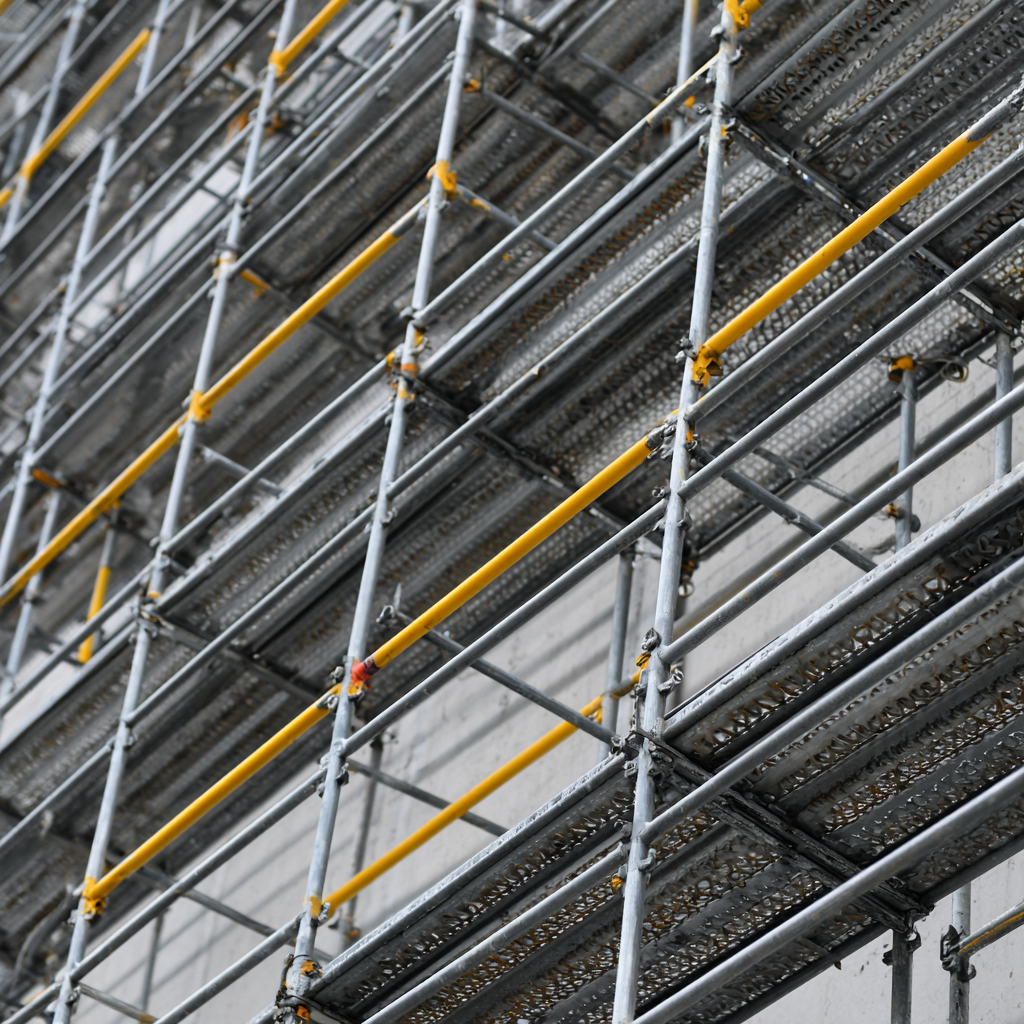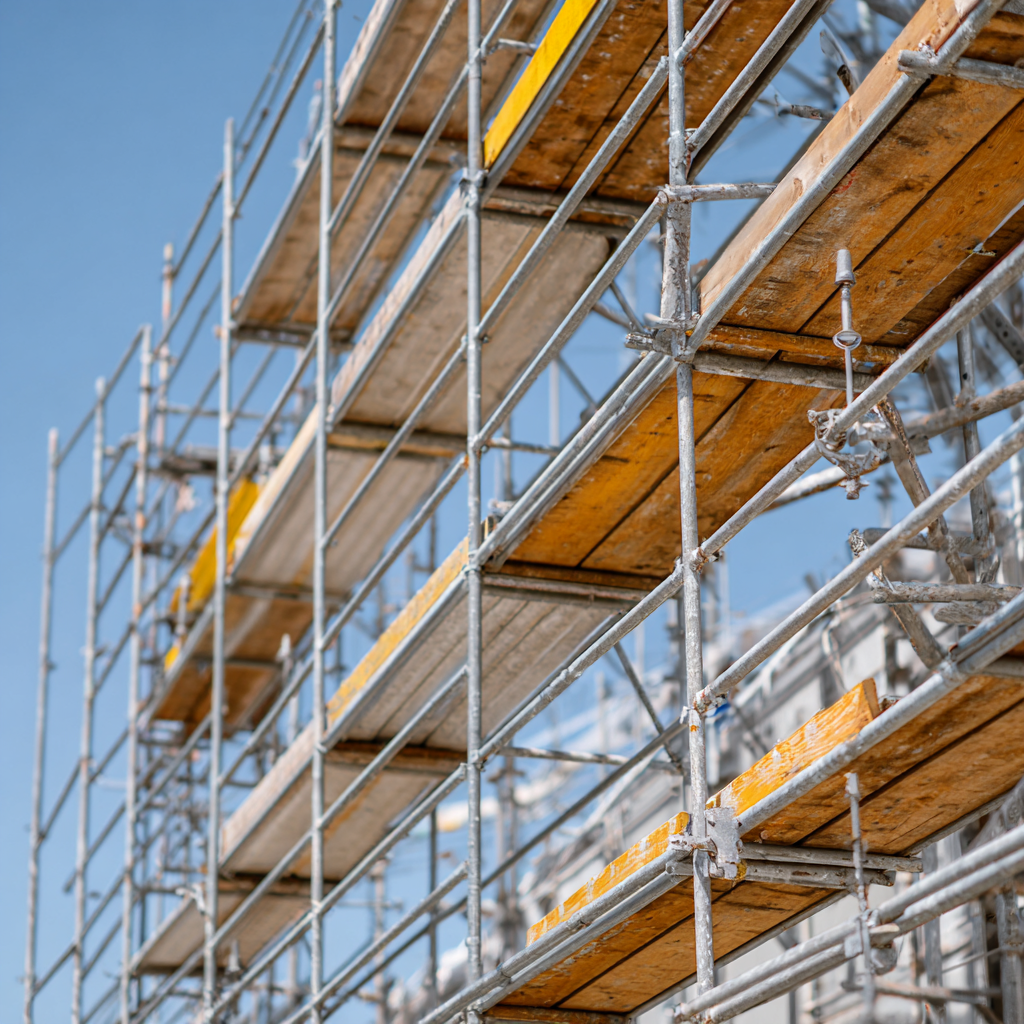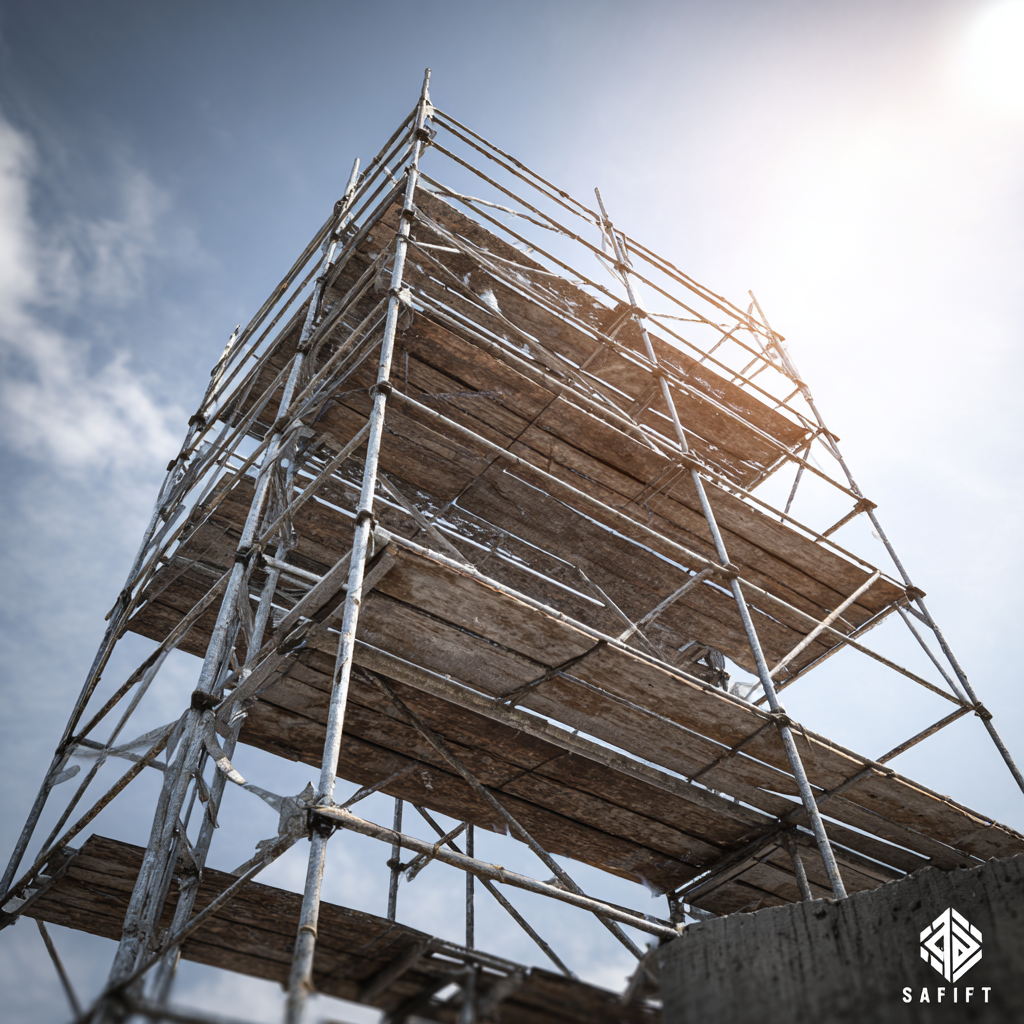 +86 18531741341
+86 18531741341
Leave Your Message
Choosing the right home scaffolding is crucial for ensuring safety, efficiency, and cost-effectiveness during construction or renovation projects. According to a report by the Occupational Safety and Health Administration (OSHA), inadequate scaffolding conditions contribute to over 4,500 injuries each year in the construction industry. This highlights the importance of selecting appropriate scaffolding that meets both the structural needs of your project and safety regulations.

Moreover, a study conducted by the National Institute for Occupational Safety and Health (NIOSH) revealed that properly designed and implemented scaffold systems can reduce the risk of falls by up to 90%. Given these compelling statistics, understanding the benefits of various types of home scaffolding is essential for homeowners and contractors alike. This blog will provide five essential tips to help you make informed decisions while choosing the best home scaffolding for your unique needs.
 When selecting the right type of home scaffolding, it is crucial to understand the various options available to suit your specific needs. There are primarily three types of scaffolding commonly used in residential projects: frame scaffolding, modular scaffolding, and system scaffolding. According to industry reports, frame scaffolding is the most widely used type due to its versatility and ease of assembly. It typically offers a sturdy structure for basic tasks such as painting or roof repairs, making it ideal for small to medium-sized home projects.
When selecting the right type of home scaffolding, it is crucial to understand the various options available to suit your specific needs. There are primarily three types of scaffolding commonly used in residential projects: frame scaffolding, modular scaffolding, and system scaffolding. According to industry reports, frame scaffolding is the most widely used type due to its versatility and ease of assembly. It typically offers a sturdy structure for basic tasks such as painting or roof repairs, making it ideal for small to medium-sized home projects.
Modular scaffolding, on the other hand, is gaining popularity for its adaptability. This type allows for customized configurations based on particular job requirements, making it a better choice for larger or more complex structures. The Occupational Safety and Health Administration (OSHA) highlights that modular systems can enhance safety by ensuring uniformity and reliability in their structures. Meanwhile, system scaffolding is often favored for its unique design that facilitates quick assembly and disassembly, which is crucial for projects that need to adapt to changing site conditions rapidly. Understanding the strengths and weaknesses of each type will help homeowners make informed decisions tailored to their specific project needs.
When selecting the best home scaffolding, prioritizing
safety features is essential for ensuring a secure working environment.
One critical aspect to examine is the scaffolding’s construction material. High-quality
aluminum or steel frames offer
superior strength and stability compared to lower-grade options. Additionally, look for scaffolding
systems with non-slip platforms and
guardrails, as they provide added protection against falls,
a leading cause of injury in construction settings.
Another important safety feature to consider is the scaffolding’s load
capacity. Each system should clearly indicate its maximum weight limit,
including all materials and equipment that will be used. Overloading scaffolding can lead to
catastrophic failures. Furthermore, consider systems equipped with adjustable legs
or stabilizers, which can help to level the structure
and increase overall stability on uneven surfaces. By carefully evaluating these safety features,
you can ensure a reliable and secure scaffolding setup for your home projects.
When embarking on a home renovation or construction project, one of the critical factors in selecting the right scaffolding is understanding your project's
height and
weight requirements. The first step is to assess the
vertical reach necessary for your tasks. Measure the height of the area you’ll be working on and consider additional height for any overhangs or projections.
Scaffolding typically comes in various heights, so ensure you select a type that allows for safe access to elevated locations without compromising
stability.
Next, you must consider the weight capacity of the scaffolding you choose. This factor is crucial, especially if you plan to use heavy tools or materials while working at elevation.
Each scaffolding system will have specifications indicating the maximum load it can bear. It’s essential to calculate the total weight of equipment
and materials anticipated on the platform, including the weight of personnel, to prevent overloading.
By attentively sizing up these aspects—height and weight—you can ensure that your chosen scaffolding offers both
safety and
efficiency for your project.
 When it comes to choosing the best scaffolding for your home project, the material you select can significantly impact durability, safety, and overall cost. Aluminum scaffolding is known for its lightweight and resistance to rust, making it an excellent choice for residential use where portability is essential. It’s easy to assemble and disassemble, providing convenience for DIY enthusiasts and professionals alike. This option is particularly suitable for jobs requiring mobility, such as painting or maintenance on multi-story homes.
When it comes to choosing the best scaffolding for your home project, the material you select can significantly impact durability, safety, and overall cost. Aluminum scaffolding is known for its lightweight and resistance to rust, making it an excellent choice for residential use where portability is essential. It’s easy to assemble and disassemble, providing convenience for DIY enthusiasts and professionals alike. This option is particularly suitable for jobs requiring mobility, such as painting or maintenance on multi-story homes.
On the other hand, steel scaffolding offers unmatched strength and stability, perfect for heavy-duty projects. While it may be heavier and more challenging to work with than aluminum, its rugged nature makes it ideal for commercial construction or extended use. Lastly, wooden scaffolding, while less common today, provides a traditional aesthetic and is often appreciated for its natural look. However, it requires more maintenance and care to prevent rot and damage over time. Understanding these differences will help you select the right scaffolding material tailored to your specific project needs.
When budgeting for scaffolding, the primary goal is to achieve the best value without compromising safety. According to the Occupational Safety and Health Administration (OSHA), falls from height account for approximately 33% of construction-related fatalities, highlighting the critical importance of safety standards when selecting scaffolding. Investing in reliable scaffolding not only enhances worker safety but can also minimize the potential cost of accidents, which can lead to project delays and increased insurance premiums.
In a recent industry report from Grand View Research, the global scaffolding market size was valued at $9.61 billion in 2020, with a projected growth rate of 5.4% from 2021 to 2028. This growth can be attributed to the increasing demand for safe construction practices. Homeowners must weigh options carefully; by considering both the upfront costs and the long-term value of enhanced safety, they can make informed choices. Quality scaffolding may carry a higher initial price tag, but the assurance of structural integrity and adherence to safety standards often justifies the investment, helping avoid costly accidents down the line.
| Tip # | Tip Description | Estimated Cost ($) | Safety Rating | Weight Capacity (lbs) |
|---|---|---|---|---|
| 1 | Choose the right type of scaffolding for your project | 1500 | A | 500 |
| 2 | Consider rental vs. purchase costs | 750 (Rental) | B | 600 |
| 3 | Check for safety certifications and compliance | 0 | A+ | 800 |
| 4 | Evaluate the ease of assembly and disassembly | 200 | B | 500 |
| 5 | Read user reviews and seek recommendations | 0 | A | 700 |
